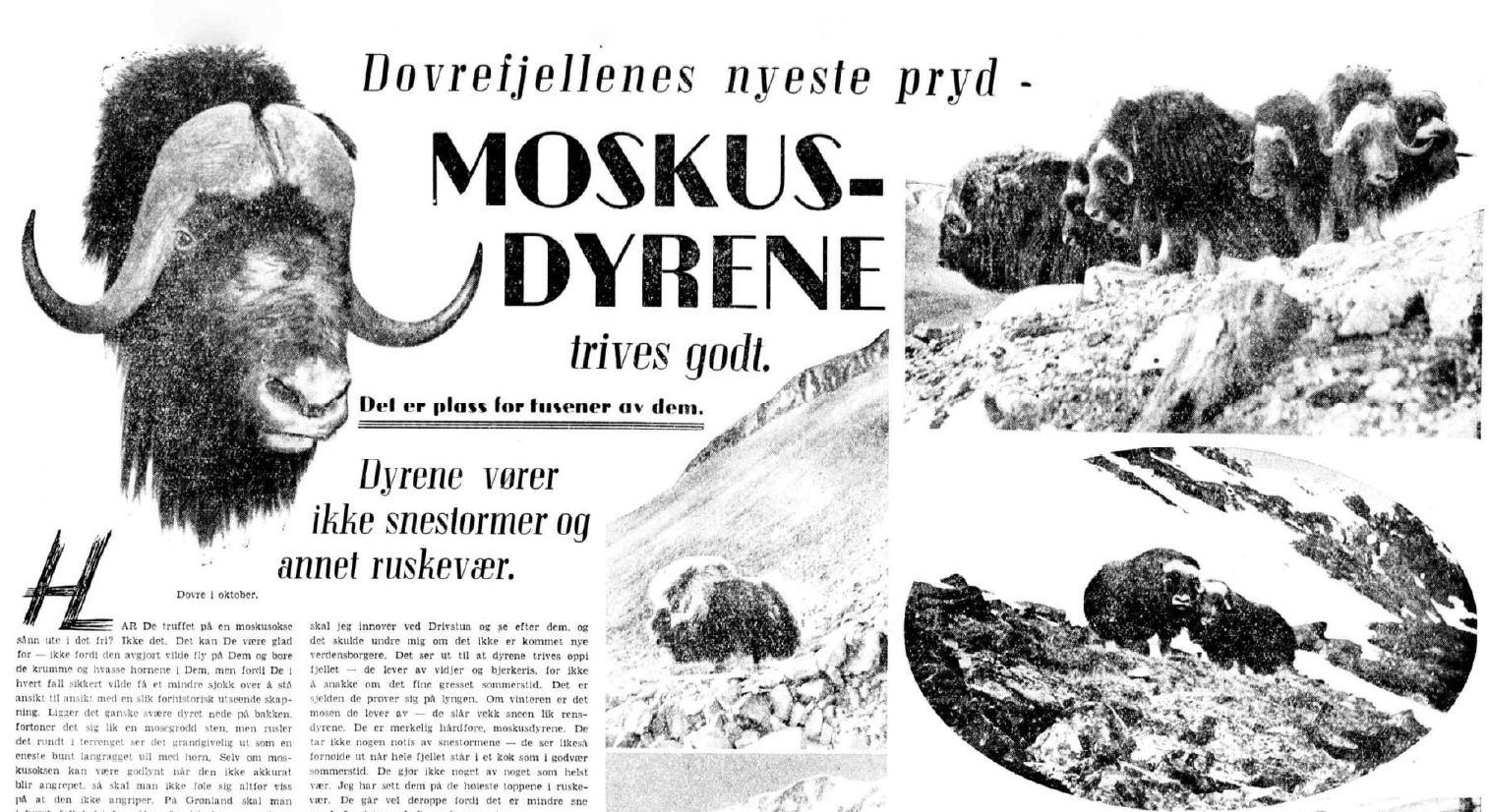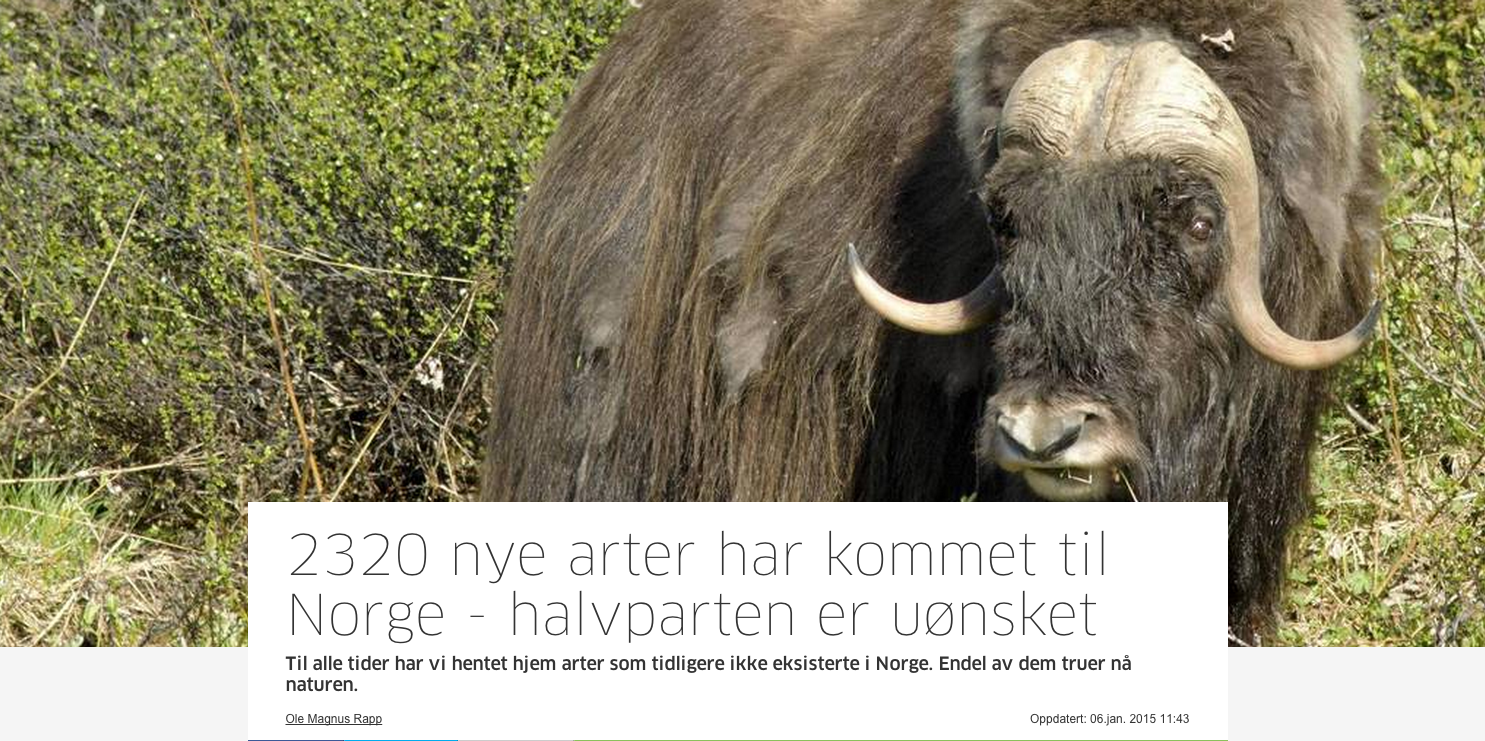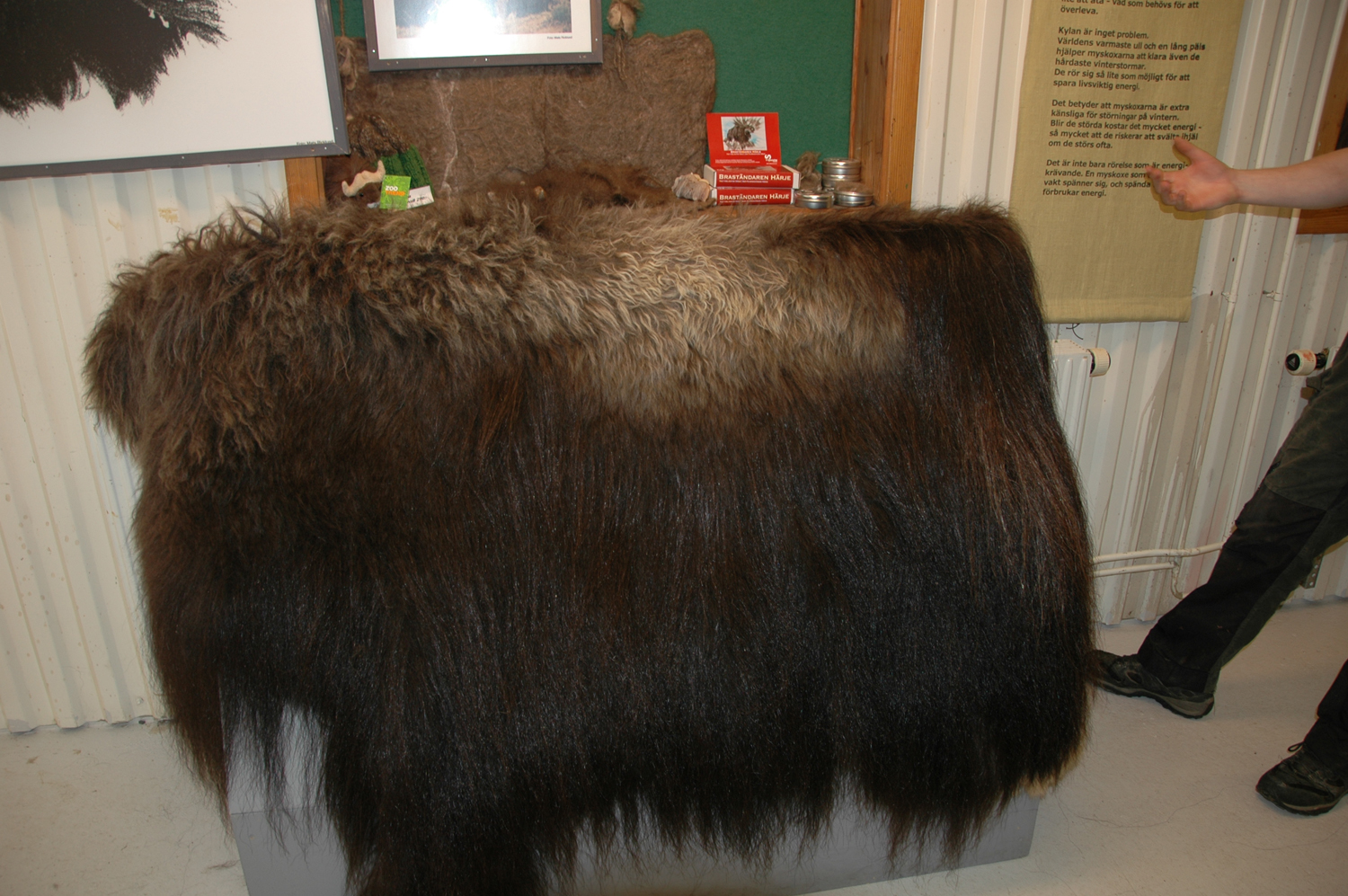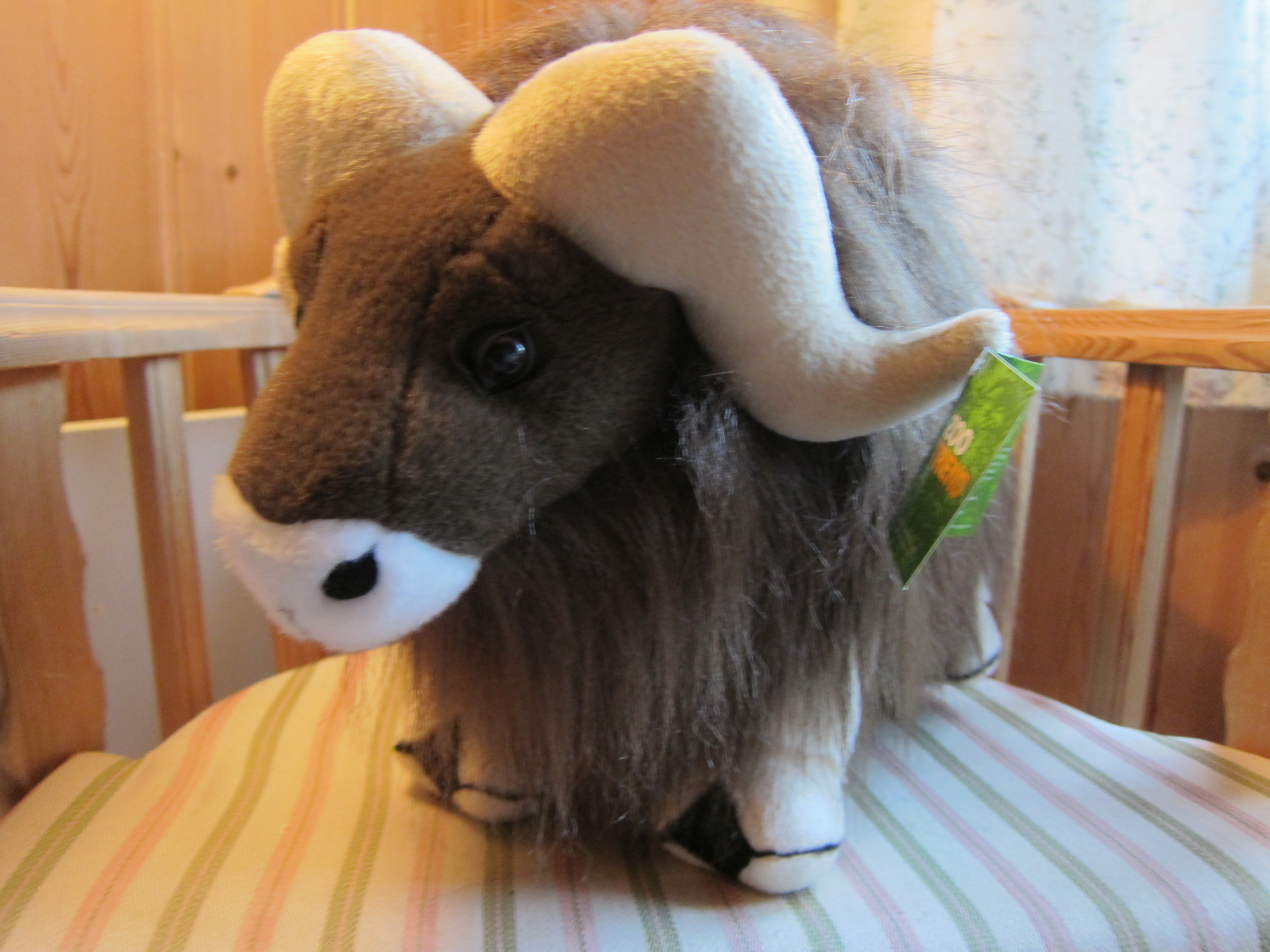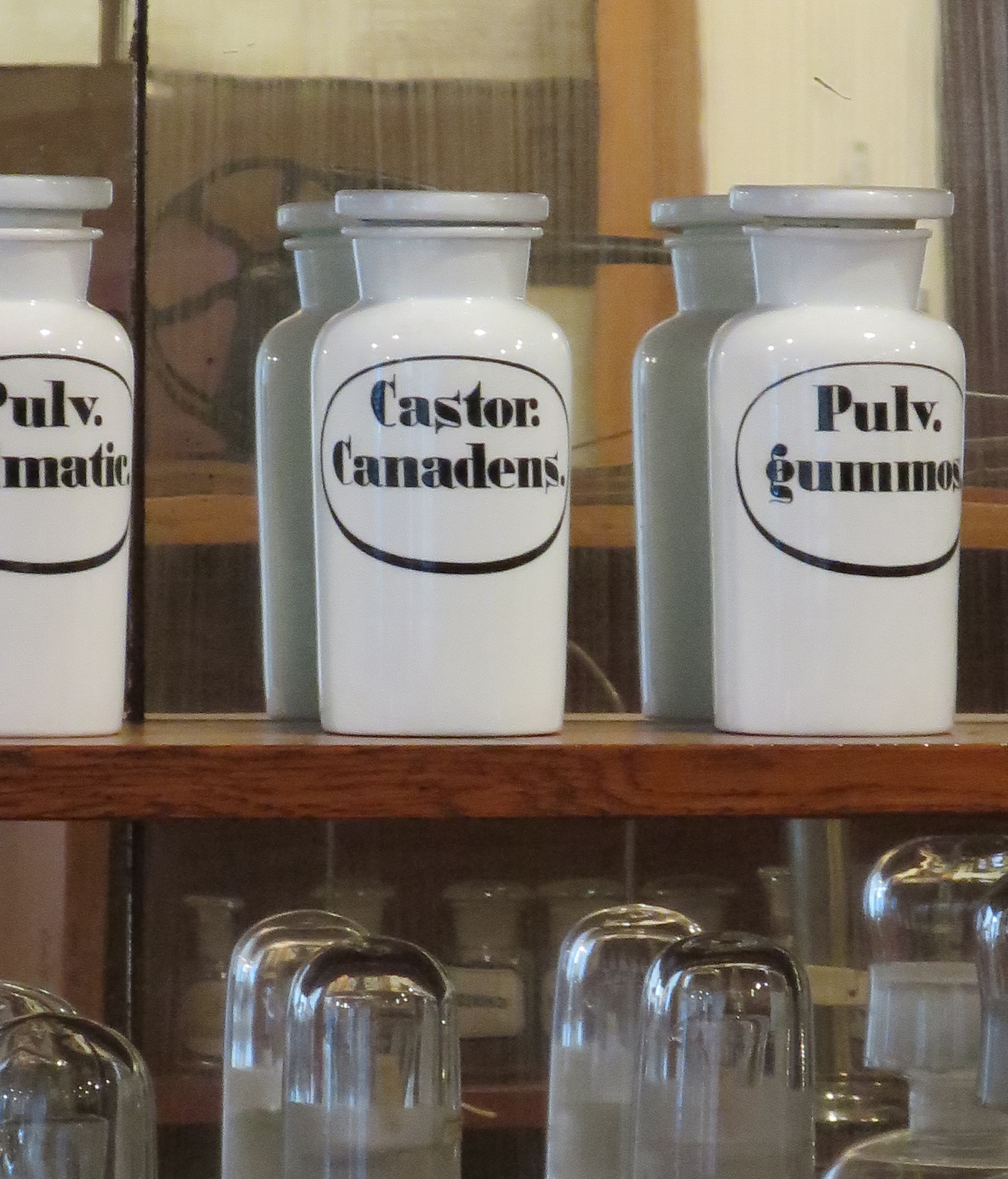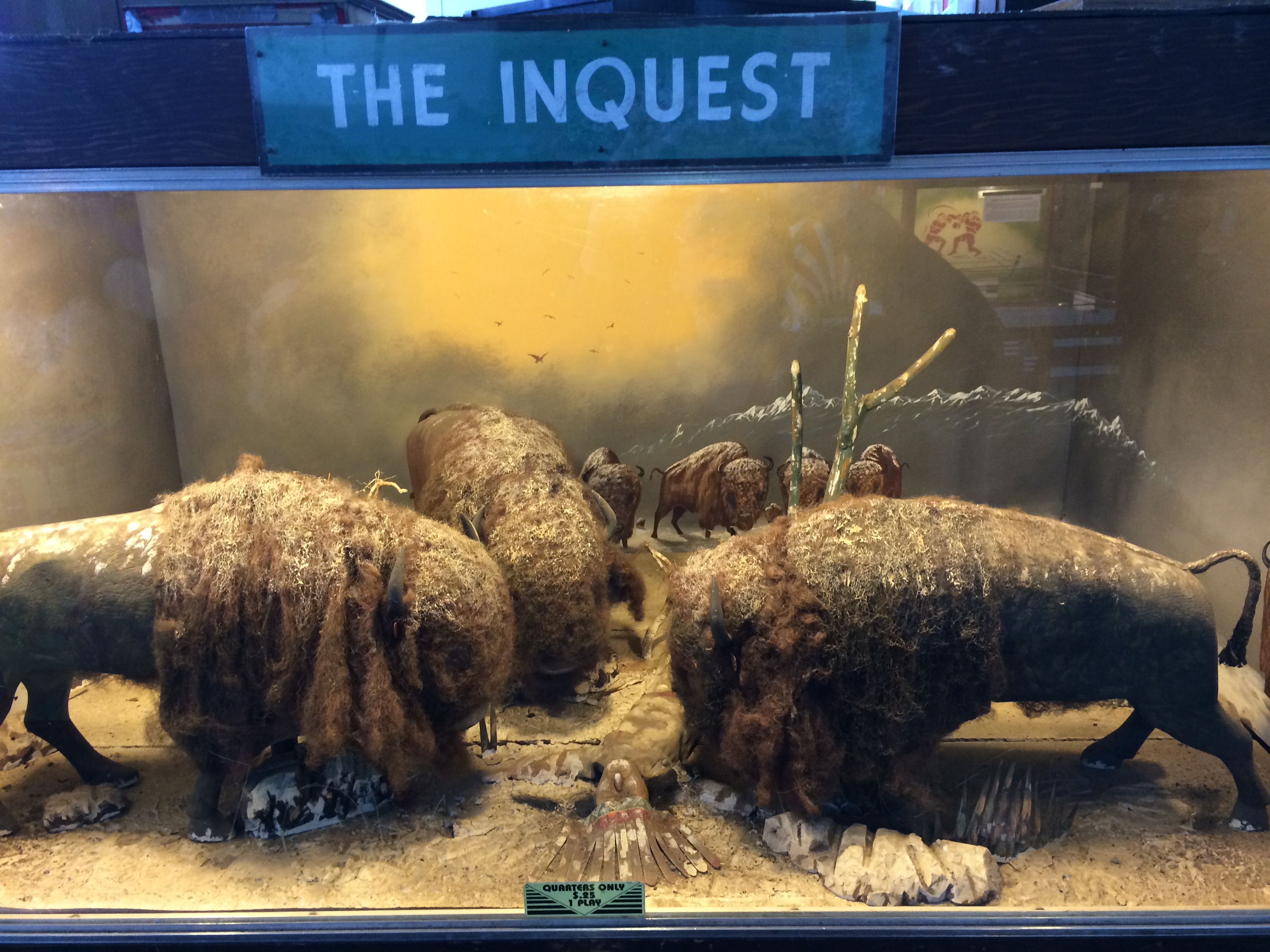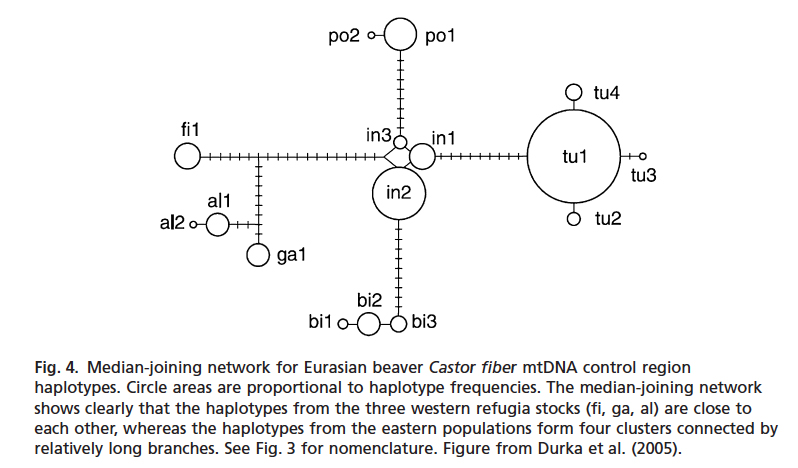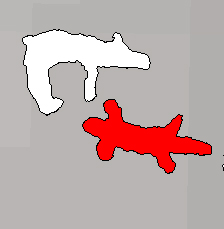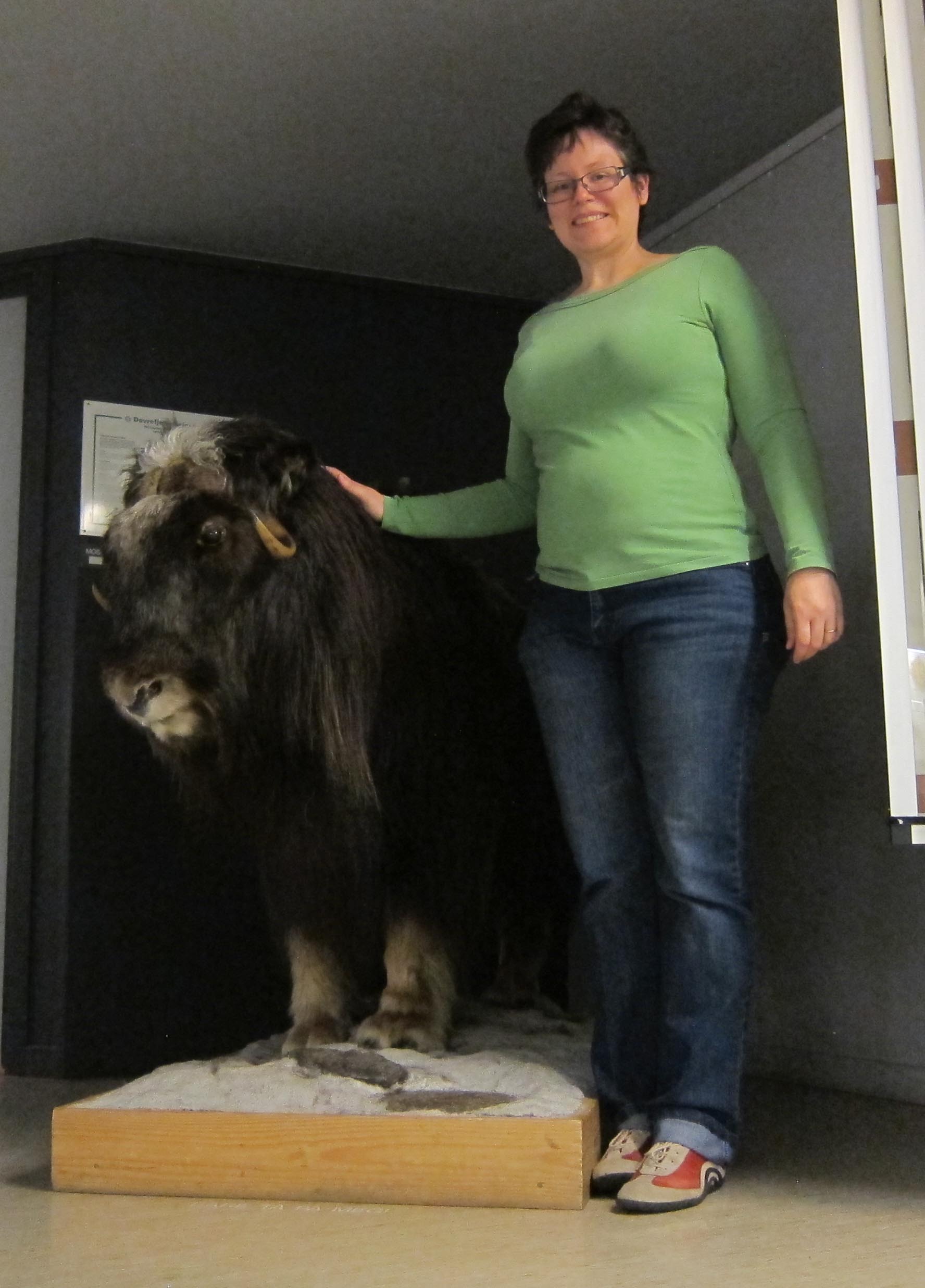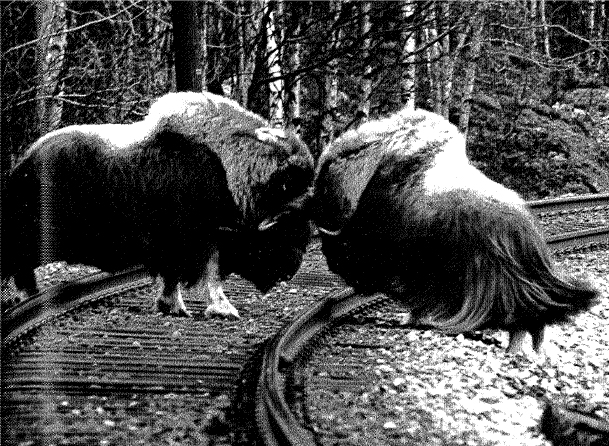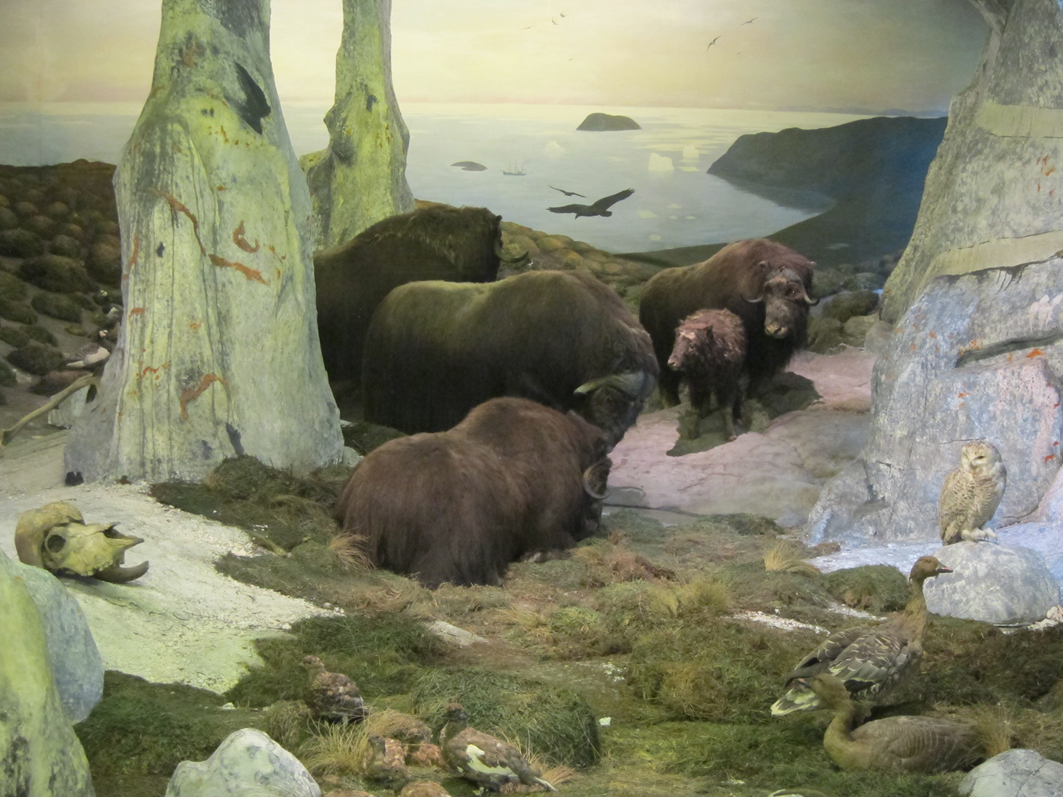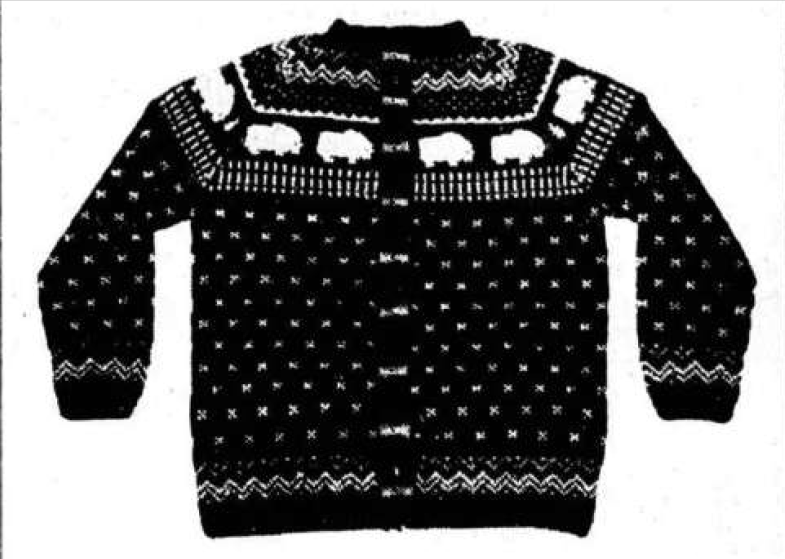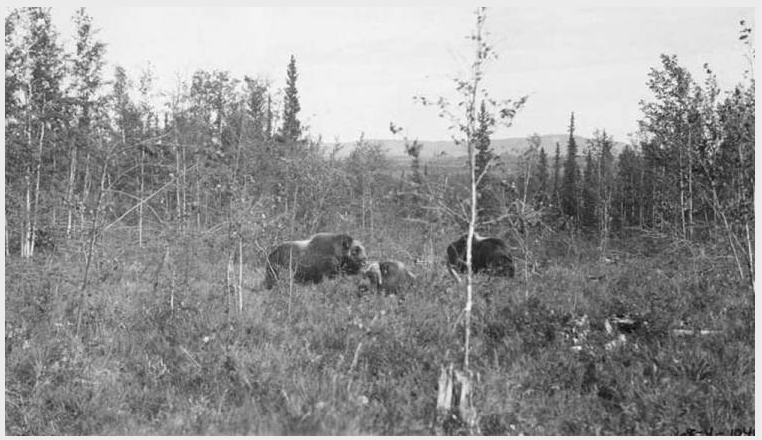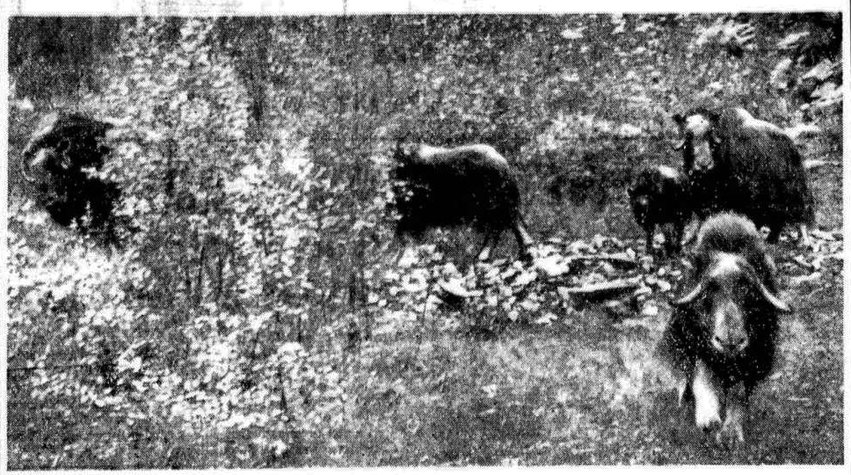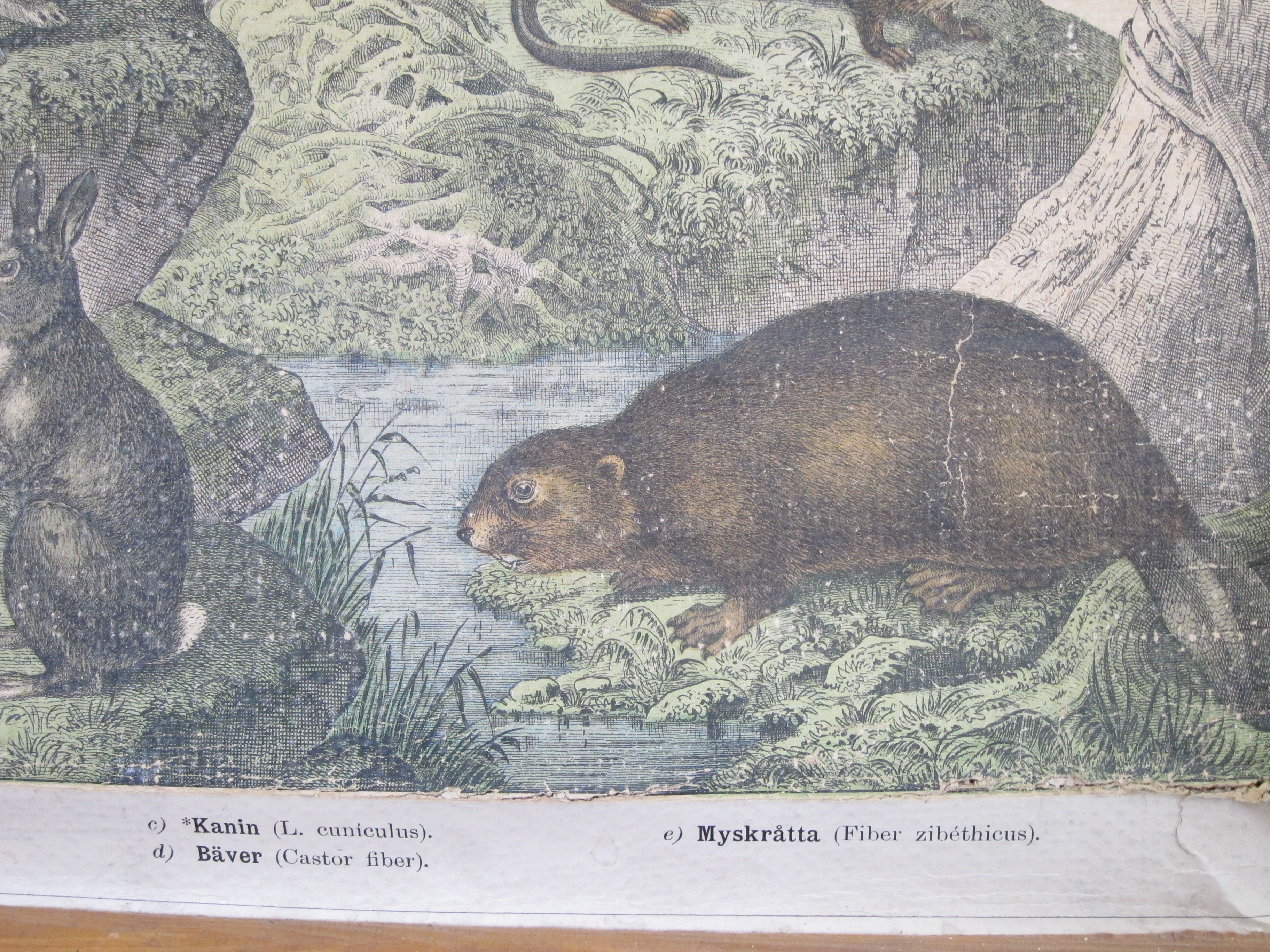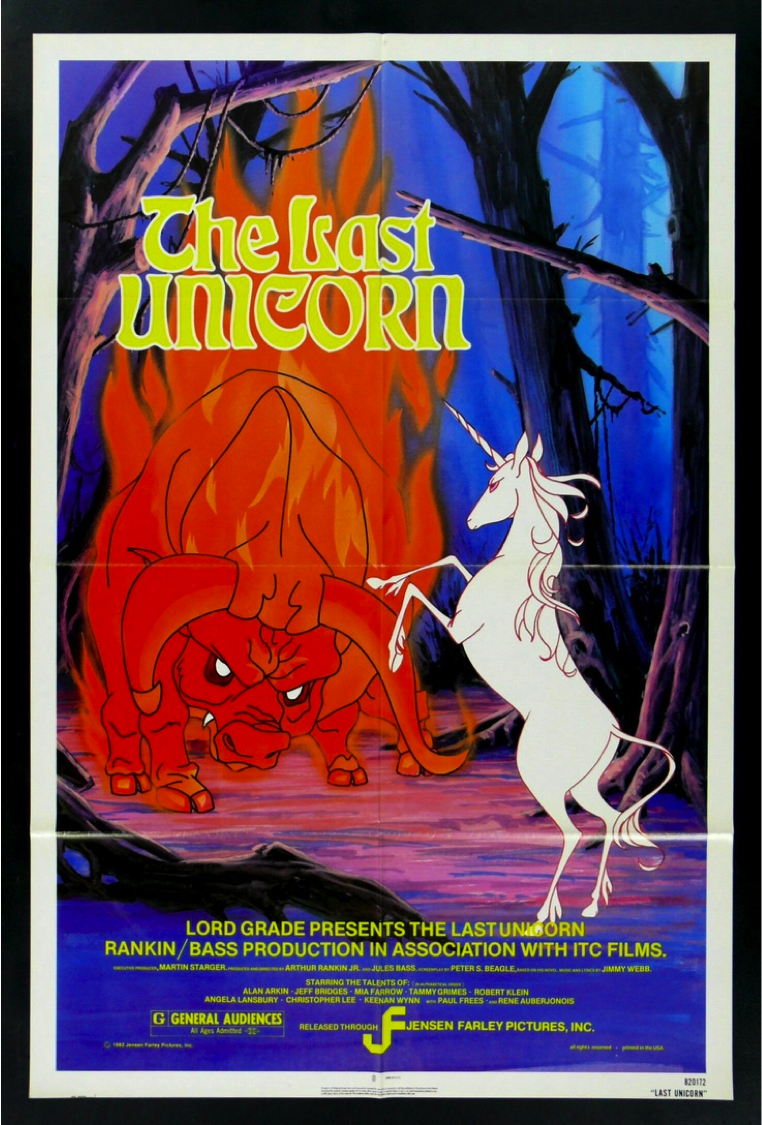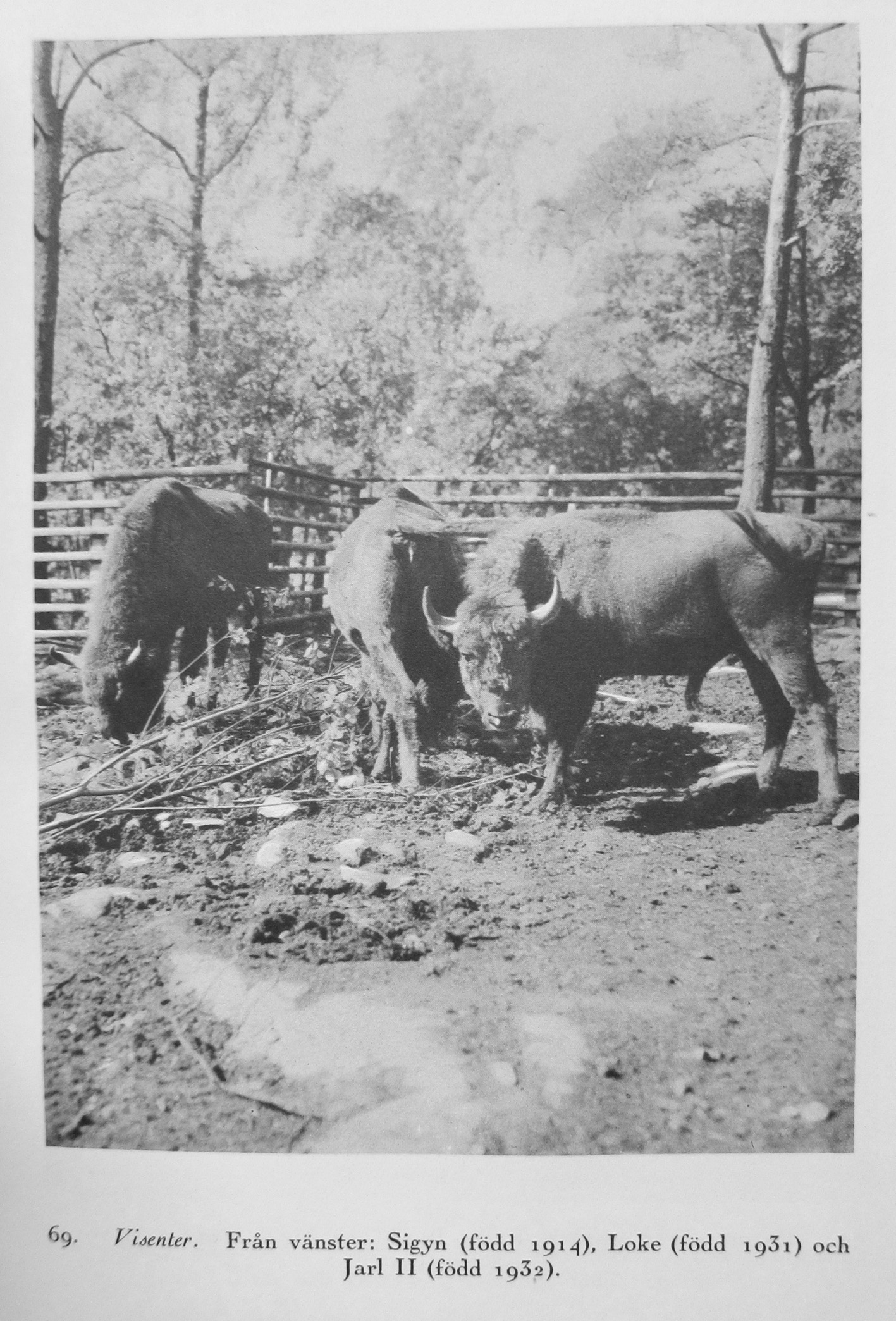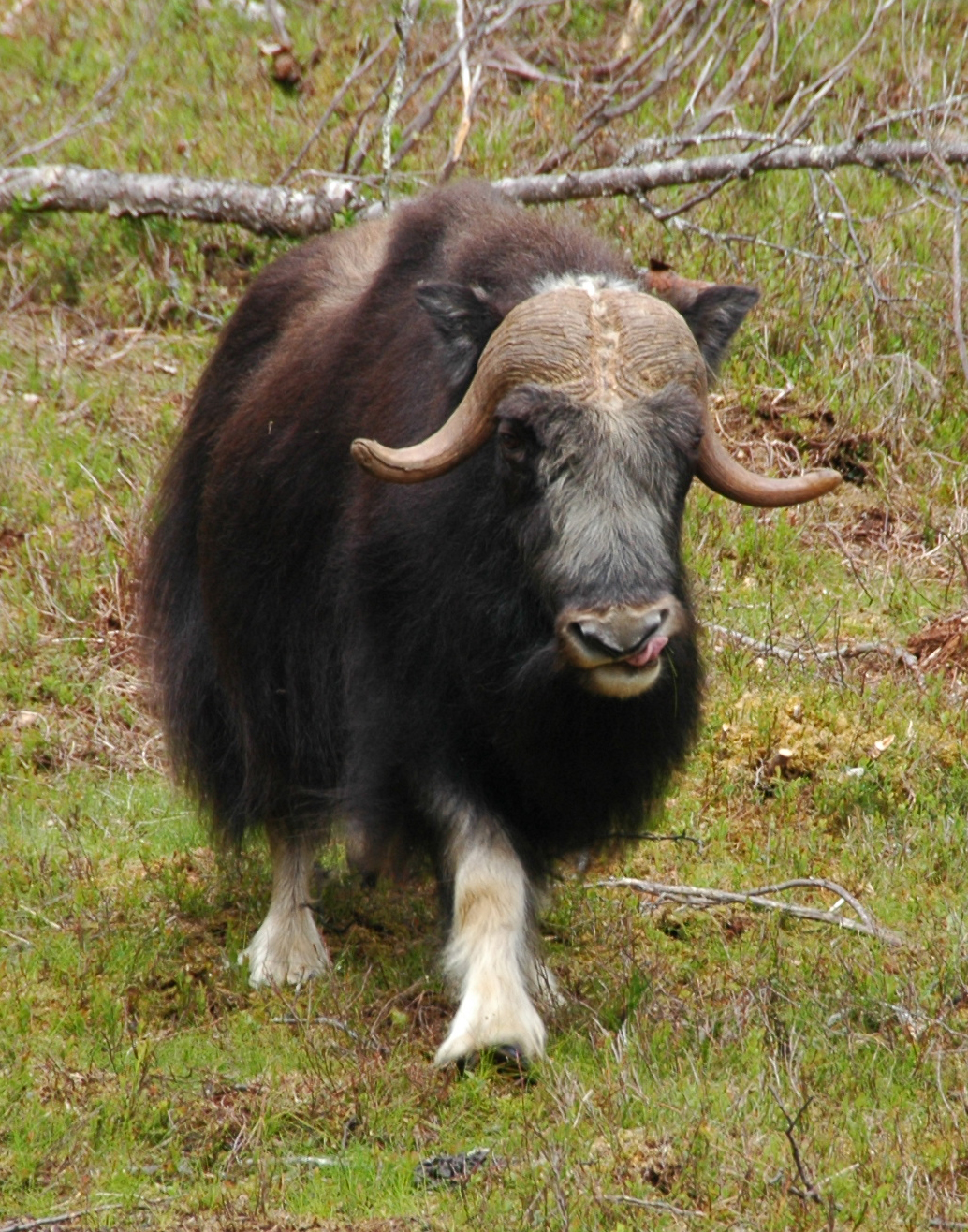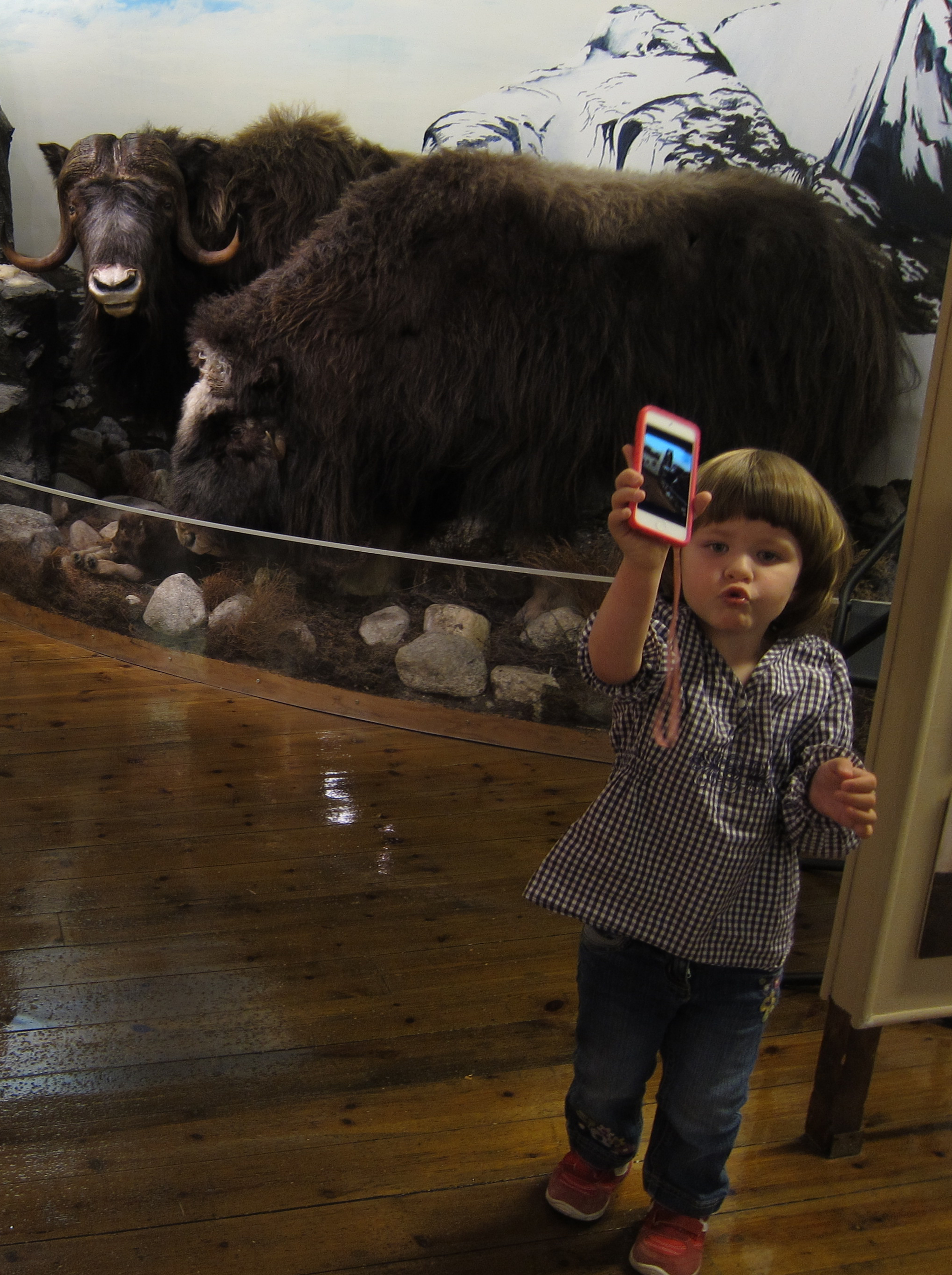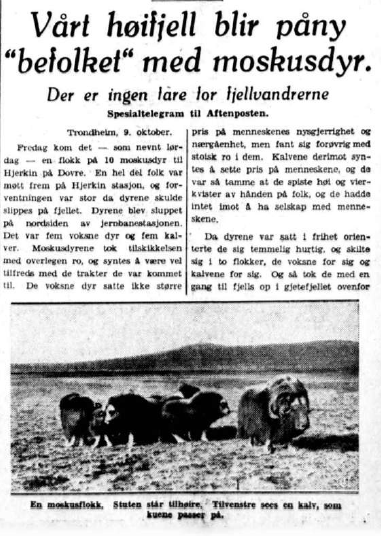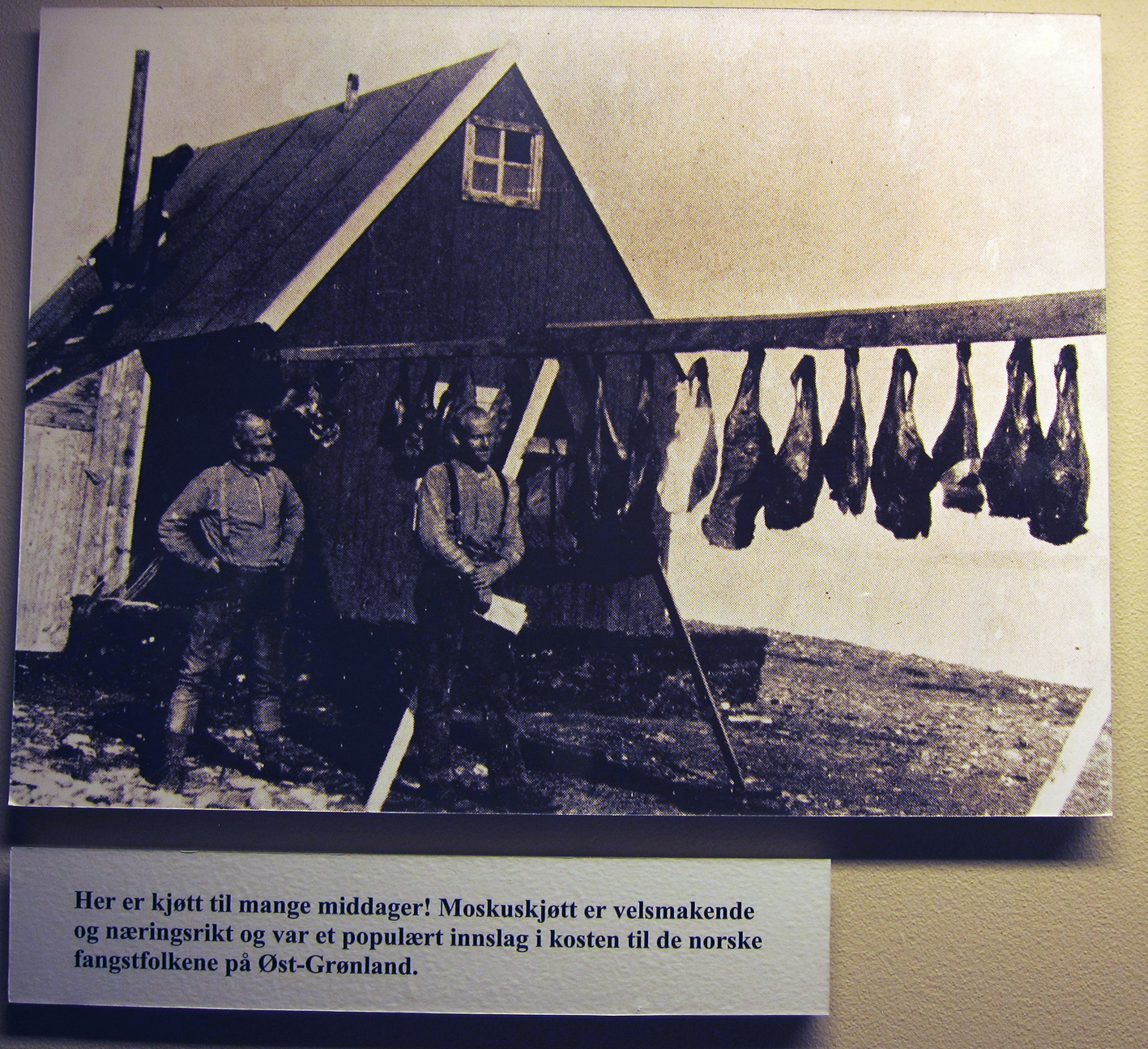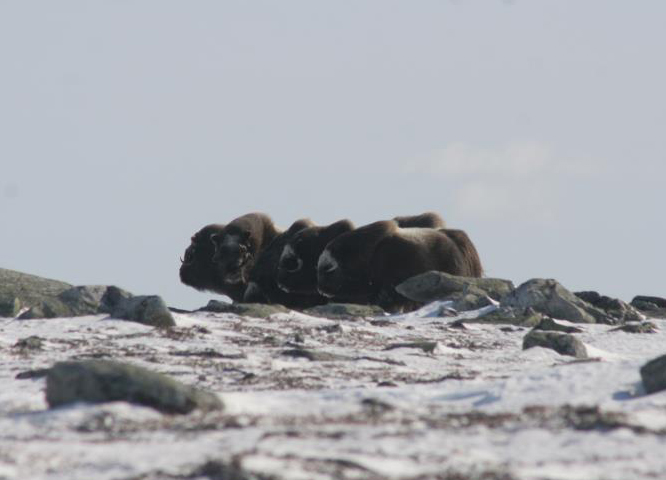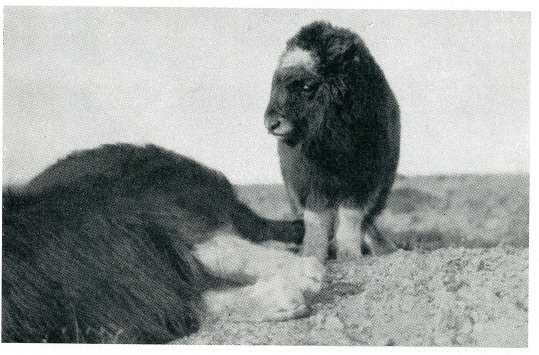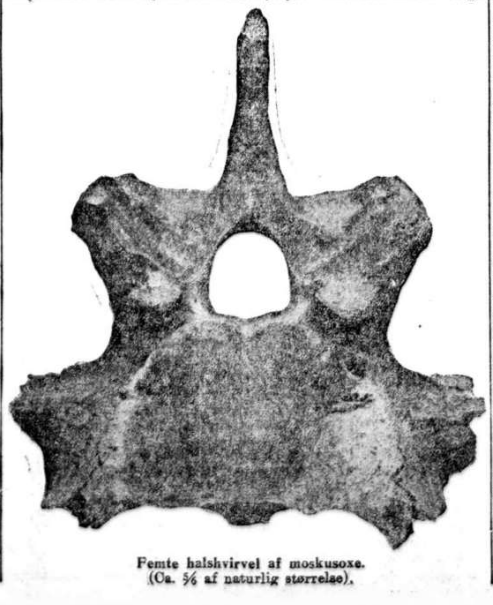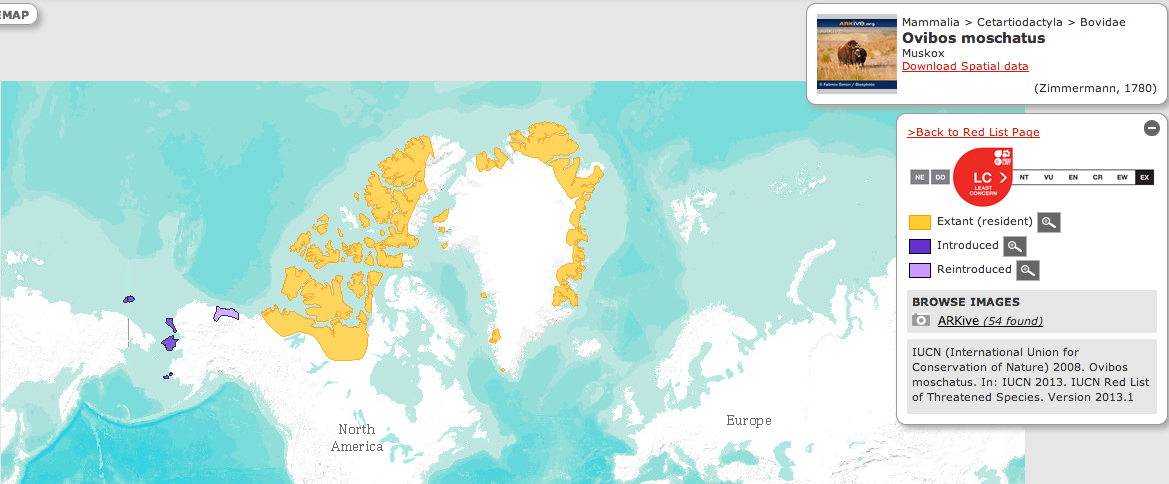muskox
-
Does it have some sensible purpose?
In October 1975, Randi Bakke wrote a letter to the newspaper Aftenposten in response to an attack by a muskox in Northern Norway that left a moose hunter dead. The letter, which ran under the headline ‘Are we benefited by muskox in Norway?’ (Er vi tjent med moskus i Norge?), asked some really important questions about reintroduced muskox: What will we really do with these imported animals? Do they have any justification at all in Norwegian nature? They do aboslutely nothing valuable ecologically, nor are they meant to be used as edible game. They are here only for enjoyment, for whom? Sure, for some enthusiastic people who think it is…
-
A sensory tourist experience
Last week I got to experience a contemporary side of animal reintroduction – it’s place in the tourism industry. For the muskox, nature tourism would seem a natural fit. After all, there are no other places in Europe to see wild muskox than the Norwegian and Swedish mountains. For the beaver, I was a little more skeptical about how tourism would work since beavers are not particularly large and for the most part noctural. I had expected the muskox safari to be similar to the safari I went on in Kruger National Park or the whale safaris I’ve been on in Hawaii and Norway. In those experiences, the guide talked about…
-
Muskox mascots
In the main tourist shop in Dombås, which had a huge number of buses filled with foreign tourists stopped there, there were souvenirs with Norwegian flags and trolls and lots and lots of moose. Moose were everywhere on the souvenirs. I guess when people think of Norway, they think of moose. I didn’t see a single muskox. Yet in the last two days, I have been overloaded with muskox. They sternly look out from signs, brochures, and posters. Their likenesses ae captured as paperweights, children’s toys, and even fire starters. There are very expensive muskox wool knitted hats and mittens and sweaters. The muskox mania was visible both in Härjedalen…
-
Misplaced muskox
Because the archive didn’t open until noon today, I stopped by the Frösö zoo, a local privately-owned zoo which opened in 1960. The zoo has a “Nature room”, which the owners label as the only biological museum in northern Sweden. So I wanted to pop in and see if they happened to have beavers or muskox in their display, since I knew that they did not have live specimens of either one in the zoo. I had expected to see the beavers. They are a common component of museums in Sweden as far as I can tell. At Frösö, the group of beavers inhabiting the “Middle Northland” (basically meaning ‘local’)…
-
Written in stone
Today on my way to Östersund, where I will start working in the archive tomorrow, I took a detour to Namforsens Hällristiningsmuseum (Namforsen’s rock carving museum). There are around 2300 rock carvings on the boulders at the rapids. I was hoping to find that they had carvings of beaver, or possibly even muskox. The visit to the accessible areas revealed that the Stone Age inhabitants were most interested in moose: male moose with big antlers, female moose, moose calves, hunting moose – lots and lots of moose! In the visitor’s center, the other other animals mentioned were one potential bear and foxes/dogs. At the museum, I found out that there…
-
At the end of the tunnel
There is a song by the Norwegian duo Knutsen & Ludvigsen that came to mind as I made my way through newspaper archives today. The folksy upbeat song, Ku i tunnelen, translated to English goes something like: “Look! Here comes a cow in the tunnel / Along with a small dog. / What are those two doing here so late at night? / Why do you think they are together?” And later in the song, “Was it a he-cow or a she-cow? Was it dangerous or not?” The answer to the last question is easy: a cow in a tunnel is always dangerous. Or at least a muskox in a tunnel is. In…
-
When curiosity kills
On Wednesday, 22 July 1964, 74-year-old Ola Stølen noticed a muskox near his farm in Stølen, a little hamlet in a valley of the Dovre mountains of Norway. He told three other adults about the visitor. They wanted to observe the seldom-seen animal close-up, so they crept up to within 40 meters and stood still, observing the animal for 10 minutes. After a while, the muskox began to snort and then charged the group. Ola was knocked down as the three younger adults quickly ran back to the house. When Ola got up, he grabbed a stone to try to scare away the animal, but the muskox charged again and…
-
What’s in a name?
There’s follow-up news about the wisent herd that’s been released in Germany this year: Quintus has been born. He is the first calf has been born outside of the corral area to the newly reintroduced herd. Quintus. I’m assuming he’s so named because he is actually the fifth calf born to the herd, although he is the first born “in the wild”. Quintus isn’t a bad choice since it captures an important fact about him. I wonder if the first through fourth also got Roman style names based on their numerical birth order. But why not a German name? Or even more importantly, why name him at all? Historically the reintroductions of…
-
Two expeditions, six calves, and one forgotten story
Being a historian is part reader, part writer, and part detective. It’s about uncovering stories that have been lost to time, whether forgotten, ignored, or intentionally covered up. This week, I discovered a small part of the muskox story in Sweden that few seem to remember today. While the history of the failed attempts at raising muskox in Norway is often mentioned – the failures both on Svalbard and in Troms – I’d never heard about Sweden doing such things. But it turns out that Sweden actually had muskox in the country before Norway in the modern era. After reading a short statement that sparked my interest, I spent some time…
-
Bring in the reinforcements
There’s been some recent developments on the muskox front in Sweden. A two-year-old female, Idun, was released into the wild to join the Swedish muskox herd at the beginning of April. She was born at the Myskoxcentrum in 2011 to two parents taken from the Ryøya herd in Norway. Idun’s release is intended to broaden the genetic pool of the herd as well as introduce a breeding female – the females currently in the herd are too old. Five muskox originally migrated across the border with Norway in 1971. Since then, the population has swung up and down, getting to a high of 34 or 35 in the 1980s and…
